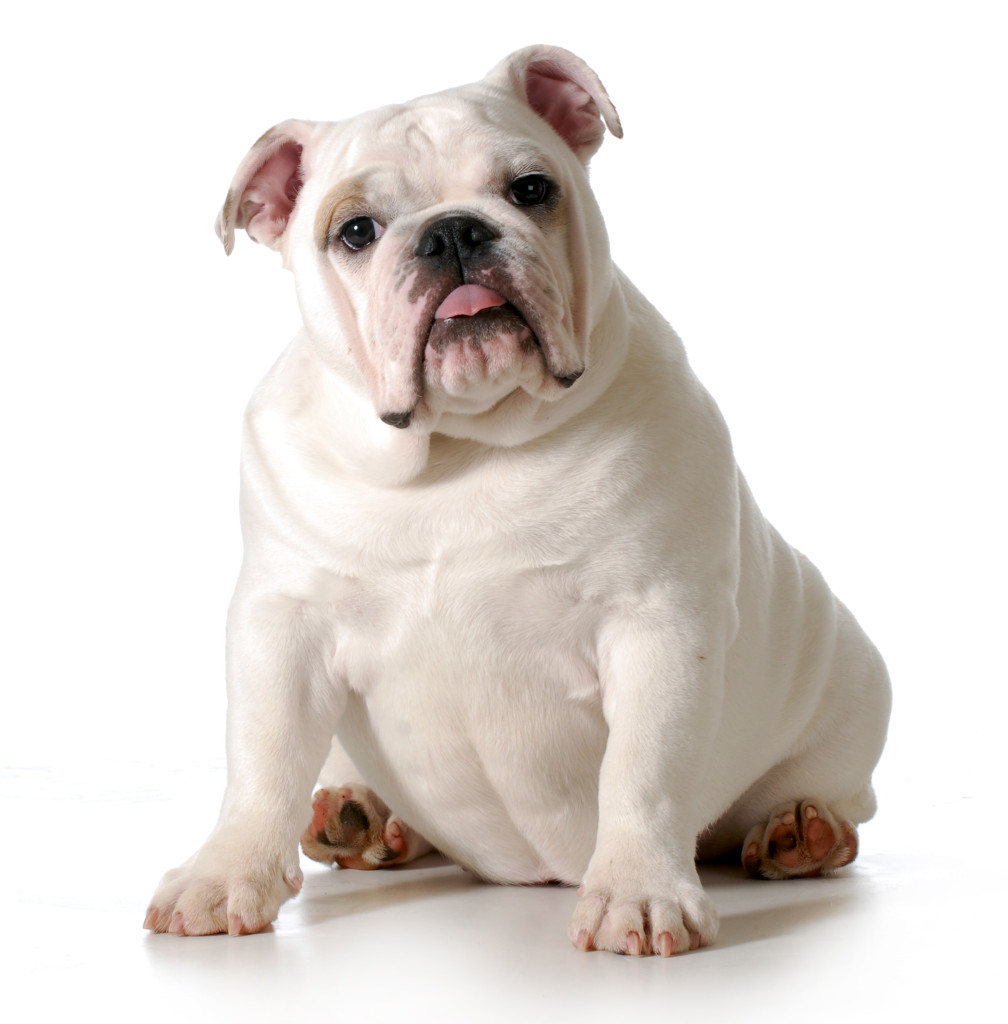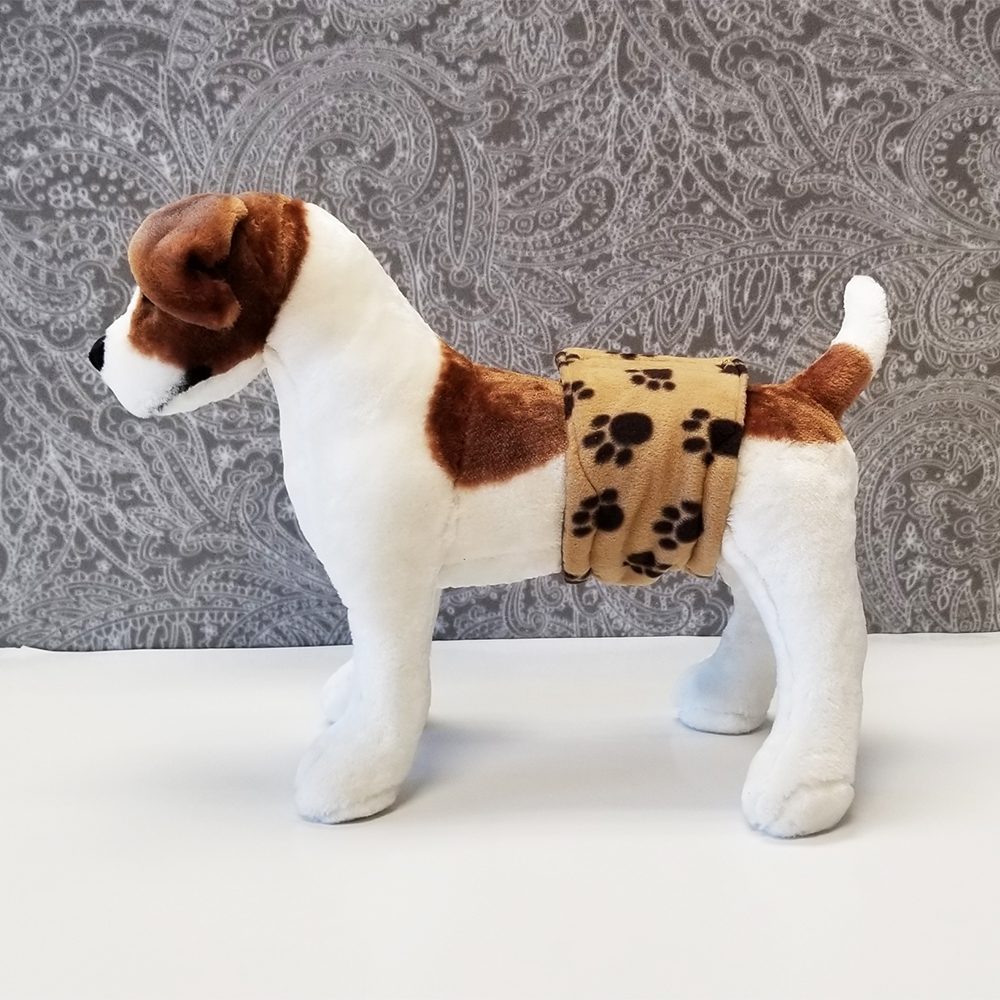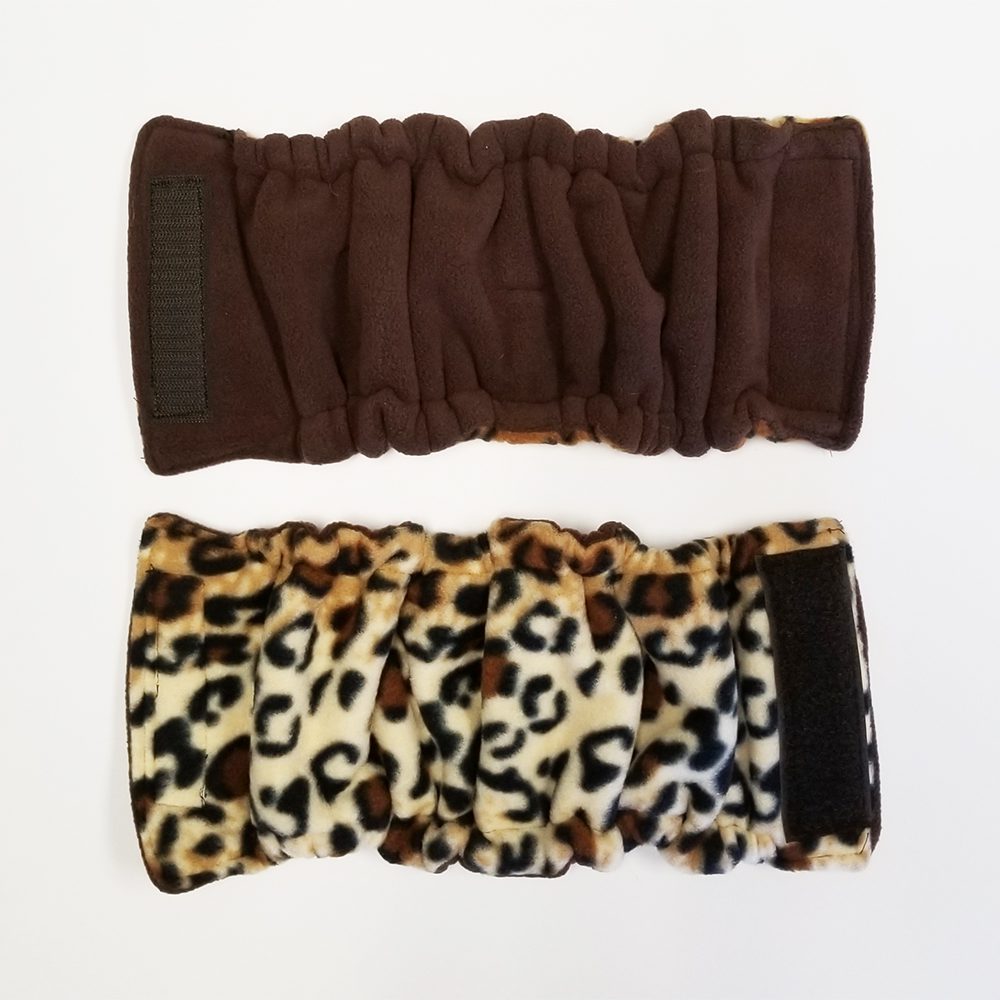Bulldog

Bulldog: The Iconic Symbol of Tenacity and Courage
Welcome to the extensive guide on the Bulldog, a breed celebrated for its distinctive look and amiable personality. This page delves into the world of the Bulldog, a dog that embodies a unique blend of dignity and playfulness.
Overview
AKC Height: 14-15 inches
AKC Weight: 40-50 pounds
Colors: The various colors found in the breed are to be preferred in the following order: (1) red brindle, (2) all other brindles, (3) solid white, (4) solid red, fawn or fallow, (5) piebald, (6) inferior qualities of all the foregoing.
Life Expectancy: 8-10 years
Group: Non-Sporting Group
__________________________________________
Physical Characteristics
- Stocky and Muscular Frame: Bulldogs are medium-sized dogs, known for their broad, muscular build and characteristic wrinkled face.
- Distinctive Face: Their distinctive appearance includes a pushed-in nose, loose, saggy skin, and a furrowed brow, giving them a unique expression.
Temperament and Personality
Despite their tough exterior, Bulldogs are known for their gentle and affectionate nature. They are typically calm, courageous, and friendly, making them excellent family pets. Bulldogs can develop a strong bond with children.
Training and Exercise Needs
- Training: Bulldogs are intelligent but can be stubborn. Consistent, patient training with positive reinforcement works best.
- Exercise: Moderate exercise is sufficient for Bulldogs. Due to their brachycephalic nature, they should not be over-exerted, especially in hot or humid weather.
- Mental Stimulation: Engaging them in light play and short walks is important to keep them mentally and physically stimulated.
Health and Nutrition
- Diet: A balanced diet appropriate for their size and energy level is important. Bulldogs are prone to obesity, so their diet should be carefully monitored.
- Health Issues: Bulldogs can face health challenges, including Brachycephalic Syndrome, respiratory and joint issues, due to their unique physical structure. Also, skin fold dermatitis, hip dysplasia and heat issues. Regular health check-ups are important. Dog Health Dictionary
Grooming and Care
- Skin Care: Their wrinkles need regular cleaning to prevent infection. Their short coat requires minimal grooming.
- General Care: Special attention should be given to their overall health, including maintaining a healthy weight and monitoring for signs of overheating.
Living with a Bulldog
- Family Compatibility: Bulldogs are known for their loving nature and compatibility with family life. They enjoy being an integral part of household activities.
- Adaptability: They adapt well to apartment living due to their moderate exercise needs but thrive in any loving environment.
- Companionship: Bulldogs form deep, enduring bonds with their owners, valuing companionship and affection.
Responsible Ownership and Adoption
- Selecting a Breeder: Opt for breeders who prioritize health and temperament, providing health clearances for breeding dogs.
- Adoption Options: Adoption from shelters or breed-specific rescues is an excellent way to provide a home to a Bulldog in need.
.
Conclusion: The Bulldog, with its iconic appearance and endearing temperament, is a beloved companion for those who appreciate a laid-back and affectionate canine friend. Their unmistakable look and gentle demeanor make them a cherished addition to any family.
Housebreaking
PUPPY HOUSEBREAKING tips: https://www.dog-breeds.net/puppy-housebreaking/
ADULT MARKING AND RETRAINING tips: https://www.dog-breeds.net/dog-housebreaking-marking-page/



